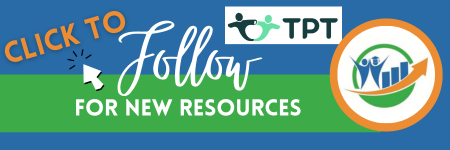Why Is It Important to Use Data in Your Classroom?
- Dianne McKinley
- May 6, 2019
- 3 min read
Updated: Oct 2

Data is important, and it is everywhere. Teachers collect all sorts of information about students. These data can inform and influence teachers how to teach, what to review, and what to adjust. Yet, some teachers may still not be aware of how to get data and how to use it. In this article, we will answer these questions: Where can you find data? And why is it important to use data in your classroom?
How Teachers Can Use Data
1. From the classroom
Formative assessments – Low-stakes assessments are important and useful student data. Examples include exit slips, brief quizzes, and thumbs up/thumbs down. Teachers can use these to gather information on where students are and where they need to go next and use this information to make instructional adjustments.
Observations – The advantage of having a student-directed classroom is that the students are comfortable with the teacher walking around and sitting with them in their groups. This freedom allows the teacher to gather data on individual students. How are they making sense of the content? Are they having difficulty with a learning activity? Such data from observations will allow you to adjust the pacing for the whole class or support those who are struggling.
Projects, essays, and exams – Summative assessments, such as end-of-unit science exams or literary analysis essays allow teachers to evaluate the growth of individual students as well as whole-group learning. If a considerable number of students don’t do well on a high-stakes assessment, teachers need to reflect and make necessary adjustments.
2. From cumulative files
So much information can be found in student files. They can provide insights into why students are performing poorly or behaving a certain way. From a student’s cumulative files, you may see a dramatic change at a particular point during their school journey. Perhaps he or she had been an A student, then started earning Ds or Fs. You can talk to the student about this, sharing the data with them. The students may share the reason behind it. Maybe their parents divorced or they moved to a new community.
You at that point have a chance to be sympathetic, recognize their hardship, and set a few objectives for them to improve academically. You can also use the data to refer them for further counseling or advocate additional support for them.
3. From standardized test scores
Evaluating previous standardized test scores can be beneficial in several ways. However, it’s important to note that one test score doesn’t determine all that a student is or isn’t. Use standardized test results along with other data (e.g., assignments and observations) when making instructional choices.
Here are some suggestions on how to use standardized test data:
Share test results with students individually – Set obtainable, realistic goals for each student to work on before the next test.
Use test results to decide student grouping and differentiation – Standardized test data reveals how students performed. They may be classified as advanced, proficient, basic, or below basic. This could help you choose student groupings, create seating charts, and differentiate for individual students. Differentiation involves adjusting learning and support for each student.
Conclusion
Data can be a teacher’s best friend in the classroom. Through data, teachers can identify important factors that may result in improved practice and greater student achievement. Now that you know the importance of data, you can gather and use data more effectively to improve learning for all students. To find out more, check out this book!
INcompassing Education provides professional development for teachers and administrators. Contact us to learn more.
You may also want to check these resources:




